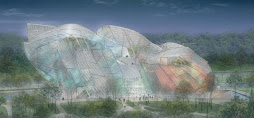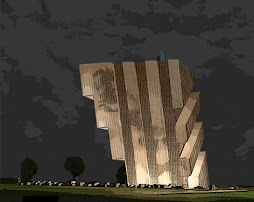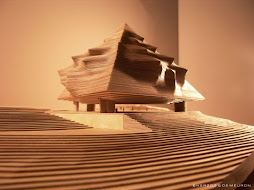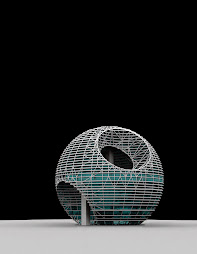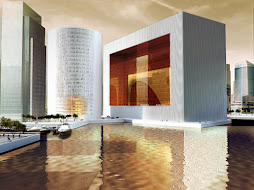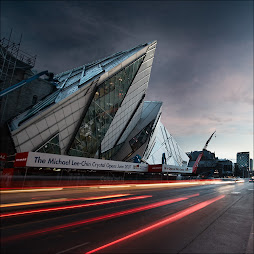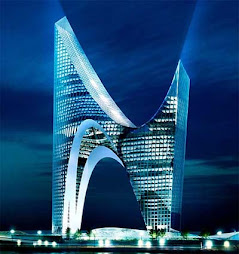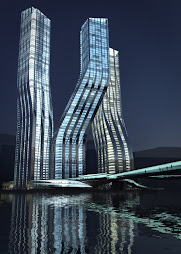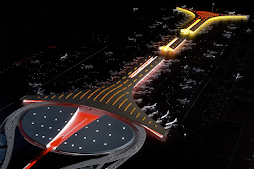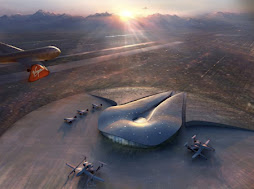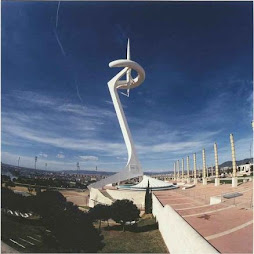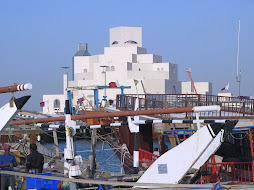 Through the use of ultimate technology the spaces of the library are organized with very complicate geometric shapes which generate an architectural object in movement. Formaly it is a building with no comparison worldwide and with this choice the university will face " aditional risks because it is the first time a building with these characteristics is ever created, which will place Seville at the vanguard of architecture" asserted Bofill.
Through the use of ultimate technology the spaces of the library are organized with very complicate geometric shapes which generate an architectural object in movement. Formaly it is a building with no comparison worldwide and with this choice the university will face " aditional risks because it is the first time a building with these characteristics is ever created, which will place Seville at the vanguard of architecture" asserted Bofill. 
The building will size above a horizontal line parallel to the Diego de Riaño street occupying a surface of 8.000 sq meters, of which 5.000 are usefull. With a length of 130 meters it opens to the Prado Park with an uneven height with the highest point rising to 25 meters.
The building is organized in 4 levels, basement for parking, ground level for a conference room cofee shop and other public spaces, in first and second levels is a wide study room for 600 users, together with the areas of investigation.

"Both superior levels articulate around a central axis that connects to all the spaces" explaind Bofill who also indicated the sensation of movement that the building conveys. "every room is different to the others, walls and ceilings move, only floors are leveled and don't transmit that feeling" Works are expected to begin at the end of this year and be finished by 2008. She used a team of the Vasque company Idom, specialized in high end technology and who also worked in the Guggenheim de Bilbao.
 The initial budget of 10 million euros is expected to be highly increased by this design... The way this project integrates with the city differentiated it from the second prize awarded to the two Sevillian firms (Vázquez Consuegra y Cruz y Ortiz) The rupture with the architectural lines of the city defended by Zaha Hadid is "a call to Andalucia and Seville to look to the future and leave the past behind"
The initial budget of 10 million euros is expected to be highly increased by this design... The way this project integrates with the city differentiated it from the second prize awarded to the two Sevillian firms (Vázquez Consuegra y Cruz y Ortiz) The rupture with the architectural lines of the city defended by Zaha Hadid is "a call to Andalucia and Seville to look to the future and leave the past behind"The aim of the new library is to promote cultural activities for the students and 3,300 researchers who use the facility and create a new focus for the University and the City of Seville. It acts as a continuation of the park, progressively rising from a soft material into a strong surface. Open areas, with panoramic views, benefit the ambiance of the building. The quieter south side of the building will be allocated for reading and the northern side is allocated for a flow of activities. On the second floor, study for students and a 600-seat lecture room are distributed across three levels. A main skylight illuminates the hall and the main triple height space of the reception hall becomes the heart of the building. The library, which Hadid says will address the new demands for more technology based university study is scheduled to open in 2008.




